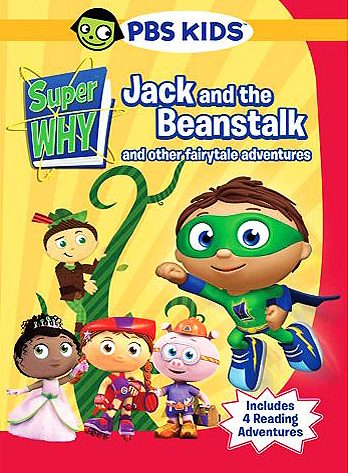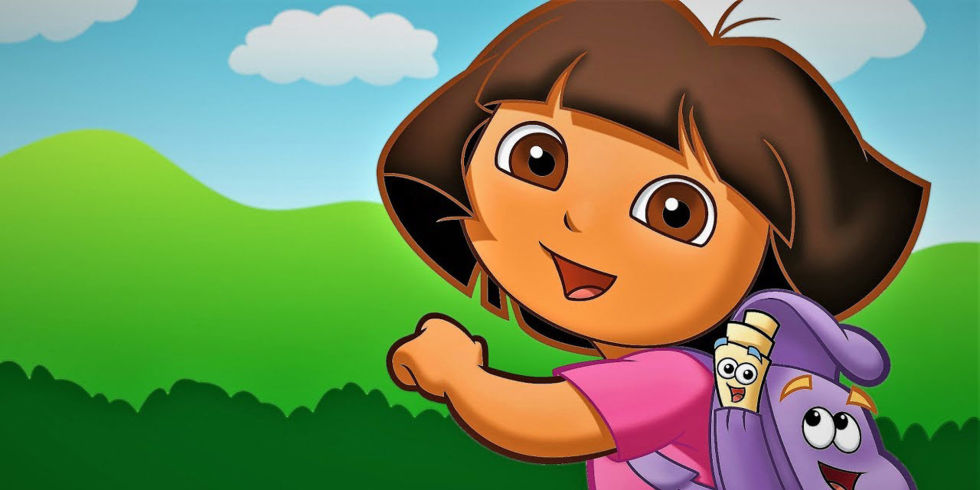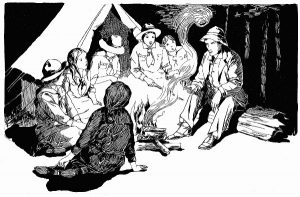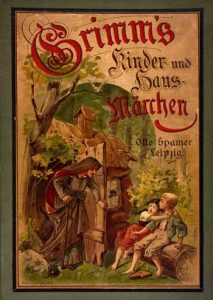
My last big project was about fairy tale mashup episodes in children’s television, and took a large-scale data approach. In choosing a new research topic, I remained interested in the phenomenon that, currently, fairy tales are marketed as “kid stuff.” If marketers want adults to watch their content, they usually sell it as either “gritty” or as nostalgic. TV uses fairy tales because the audience is familiar with the plots and motifs, but what about a child’s possibly first interaction with a certain story? If fairy tales are common cultural stories we all recognize, what can we learn from the way they are presented to children so young that they may not recognize them yet?
For this project, I researched in the realm of children’s television, but focused specifically on television for preschoolers. Generally, preschool television is made primarily for children from ages 2 to 6. The shows are not intending to be interesting to older children or adults, because they are attuned specifically to the developmental stages of their audience.

Preschool television is expected to be “informational and educational.” Even now, when most parents of young children grew up watching TV themselves, there are still doubts about the worth of television. Preschool television, especially shows made by public television networks like PBS, gains funding by being educational and teaching specific skills. This sets it apart from most other television, since few fiction-based shows for adults are expected to teach the viewers skills, from phonics and rhyming to addition and subtraction.

Preschool television operates under an “edutainment” model, and this dual purpose of education and entertainment is locked into every episode.
What does this have to do with fairy tales? Fairy tales are just entertainment, right? The fairy tale tradition is not as far removed from education as you might think. Fairy tales have been culture-making for as long as they’ve existed. When told in the oral tradition, fairy tales taught oral literacy, the skill of being able to listen and remember information. More broadly, they are meant to teach what we care about and value as a group (beauty, ingenuity, hospitality).

When fairy tales were shifted into the nursery as children’s media with the Grimms and Andrew Lang in the 1800s, the role of the teaching shifted. Fairy tales were moral tales, using fear or rewards to teach children how to behave (don’t disobey your parents or you’ll be eaten by a witch).

These two different models of education seem to be at odds. Preschool television is trying to teach reading and numbers, hard skills that will prepare its young audience for school. Fairy tales are involved in culture-making education, discussing values and morals and soft skills like sharing and asking nicely. I seek to find an answer to the following research question over the course of four case studies: Barney and Friends, Mister Rogers’ Neighborhood, Sesame Street, and Super WHY!
How do preschool television shows use fairy tales in their educational missions?

Fairy tales are used in culture-making education, as well as discussions of values and morality, as well as soft skills such as sharing and politeness. Thank you so much!